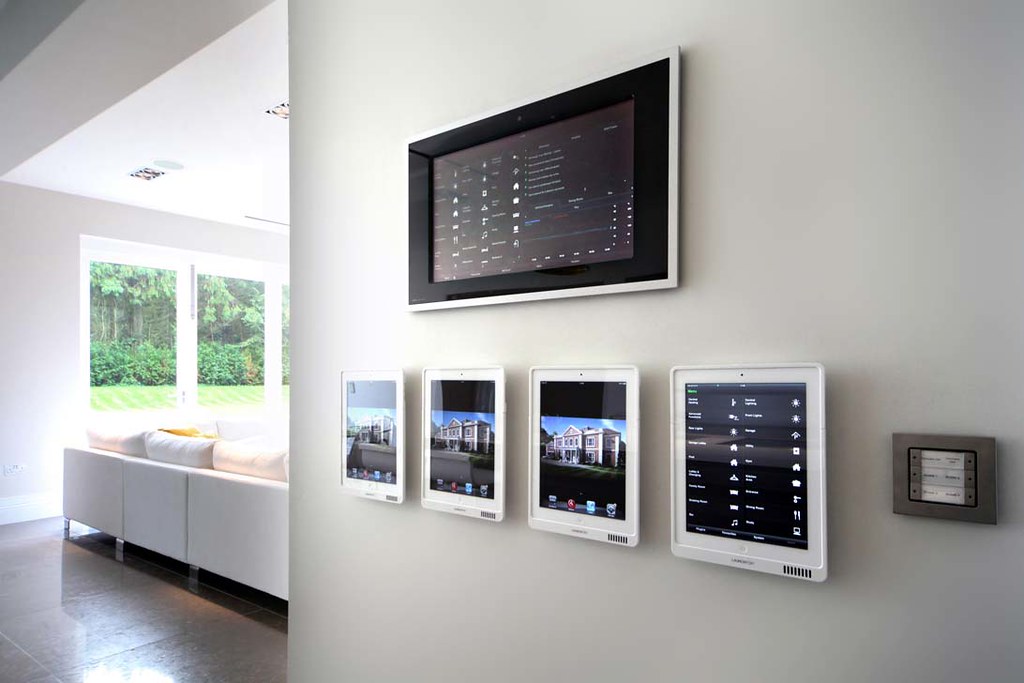
Smart Home Technology: A Sustainable Living Revolution
In recent years, the adoption of smart home technology has surged, offering users not only convenience but also the promise of sustainable living. This article delves into the key factors influencing the adoption of smart home solutions, including their functionalities, cost implications, potential tax rebates, and the positive environmental impact associated with clean and green energy practices.
Basic Functionalities
Smart home technology operates on the principle of building automation, optimizing energy consumption by dynamically controlling various systems such as lighting, HVAC (Heating, Ventilation, and Air Conditioning), and appliances. Networked sensors monitor occupancy, temperature, humidity, and lighting needs in different zones of the home. These sensors communicate with a central controller, which, based on conditions and pre-programmed settings, turns equipment on/off, adjusts temperature set points, and controls lighting brightness.
Energy Efficiency
One of the key advantages of smart home technology is its ability to significantly reduce energy consumption. Building automation techniques, such as dimming, zone control, and scheduling around operating hours, contribute to a 15-30% reduction in lighting, cooling, and heating energy use. This translates to not only lower utility bills but also a decreased carbon footprint, aligning with global efforts to combat climate change.
Cost Implications and Tax Rebates
The upfront costs of implementing smart home devices depend on the scope of the system but generally average around $2-$5 per square foot. However, the investment pays off in the long run, with incentives like accelerated depreciation helping users recoup costs in just a few years. Beyond energy savings, smart home technology can lead to improved occupant comfort and productivity through customized conditions.
Clean and Green Energy Practices
Smart homes contribute to clean and green energy practices by optimizing energy usage and incorporating renewable energy sources. By integrating solar panels, wind turbines, and other clean energy solutions, users can further reduce their dependence on traditional energy grids. This not only promotes sustainability but also positions smart homes as contributors to a cleaner and greener future.
Tradeoffs and Challenges
While the benefits of smart home technology are substantial, users may encounter challenges such as interoperability and privacy concerns. Ensuring that devices from different manufacturers can seamlessly communicate and addressing privacy issues are crucial considerations. Striking a balance between the upfront costs and long-term energy savings is also a tradeoff that users must carefully navigate.
Conclusion
Smart home technology presents an exciting opportunity for sustainable living, combining innovative functionalities with environmental consciousness. As users consider integrating these solutions into their homes, weighing the upfront costs against long-term benefits, and addressing interoperability and privacy concerns will be essential. By embracing smart home technology, individuals contribute not only to their own comfort and efficiency but also to a more sustainable and energy-efficient future for all.